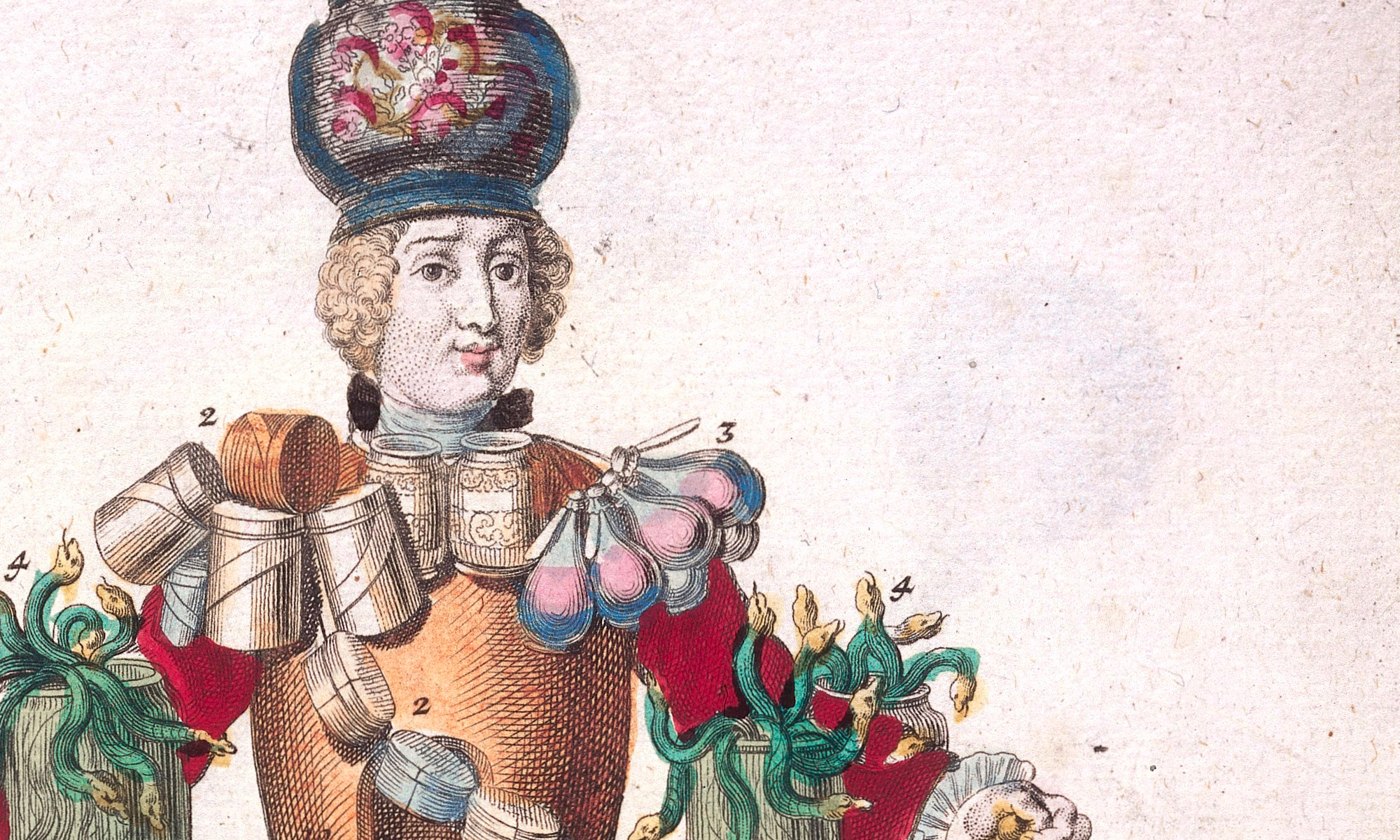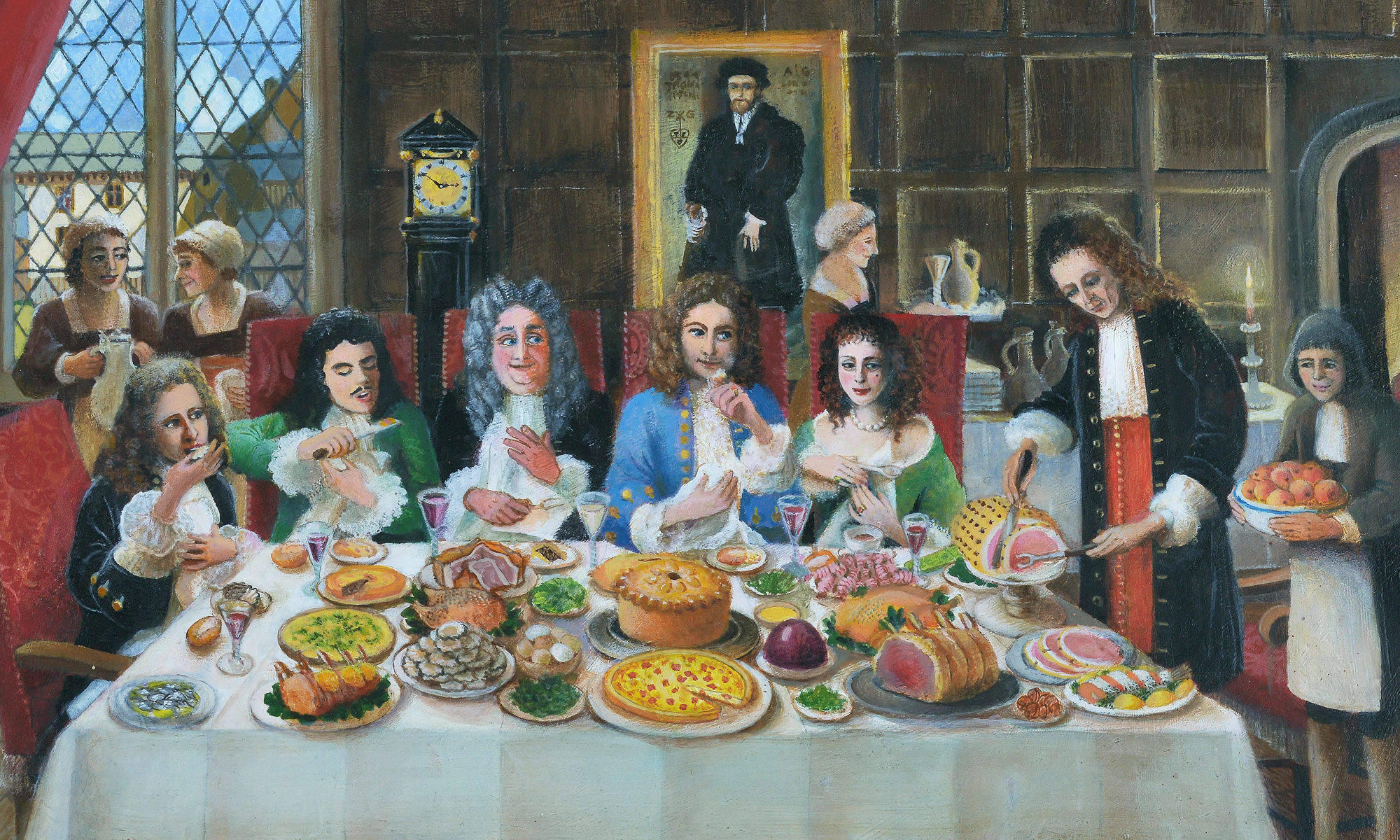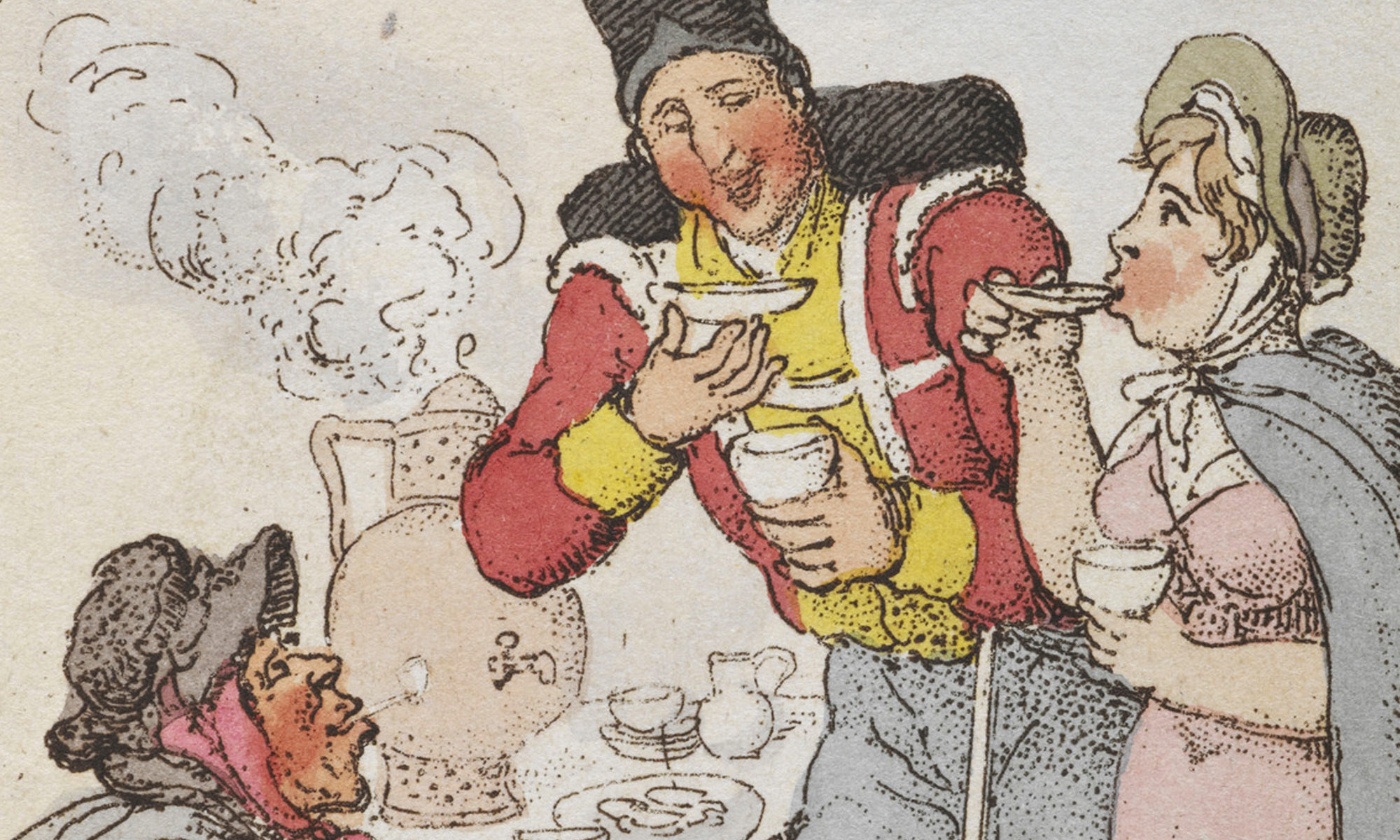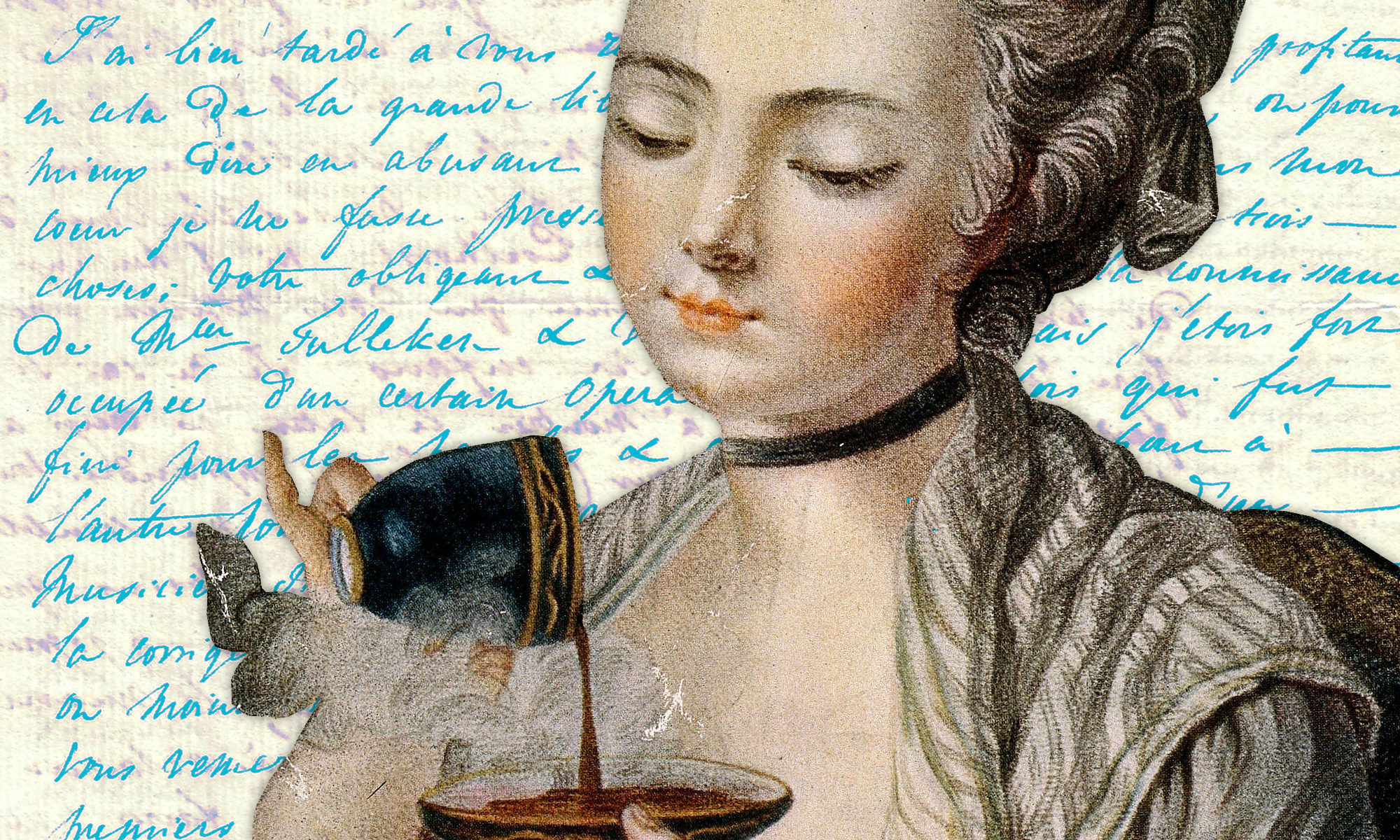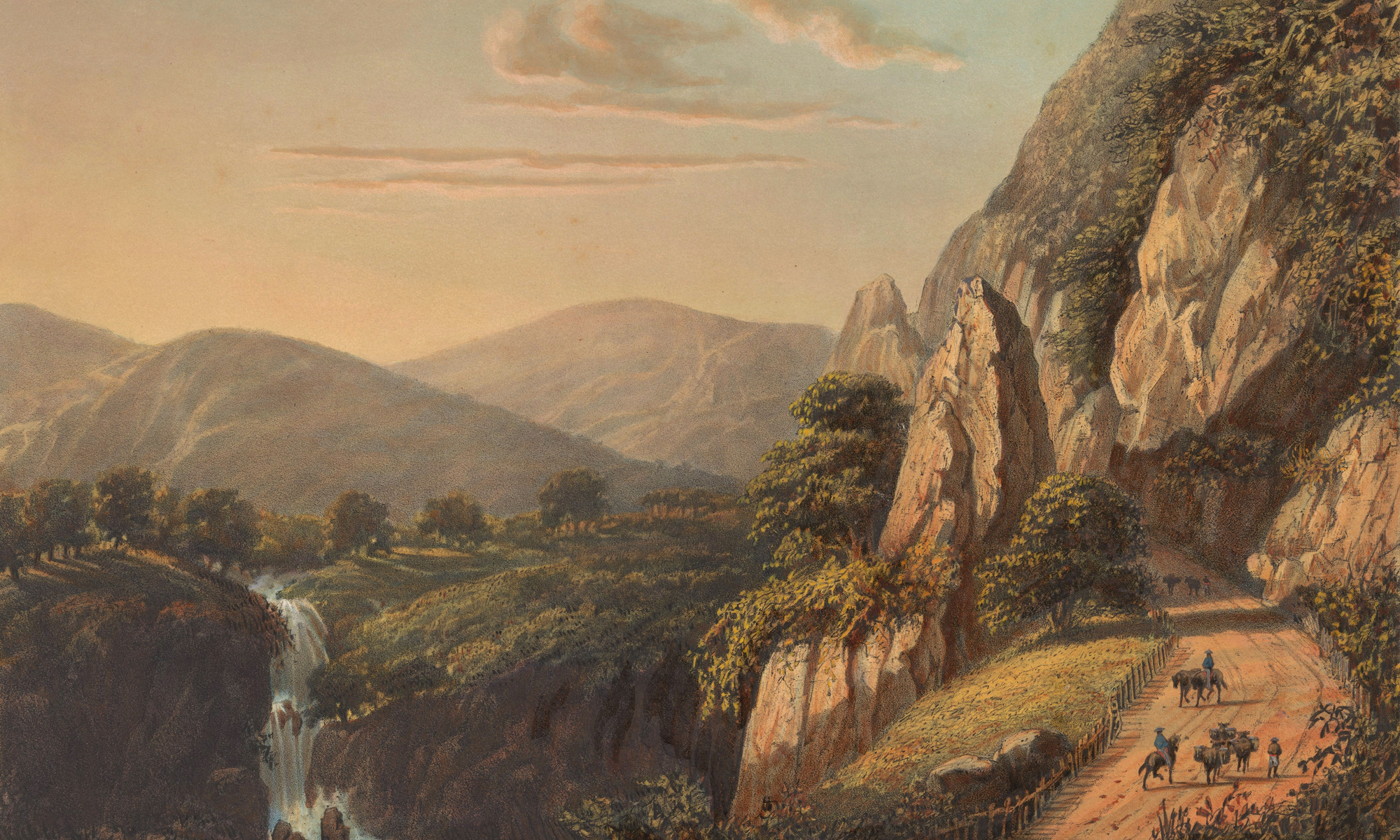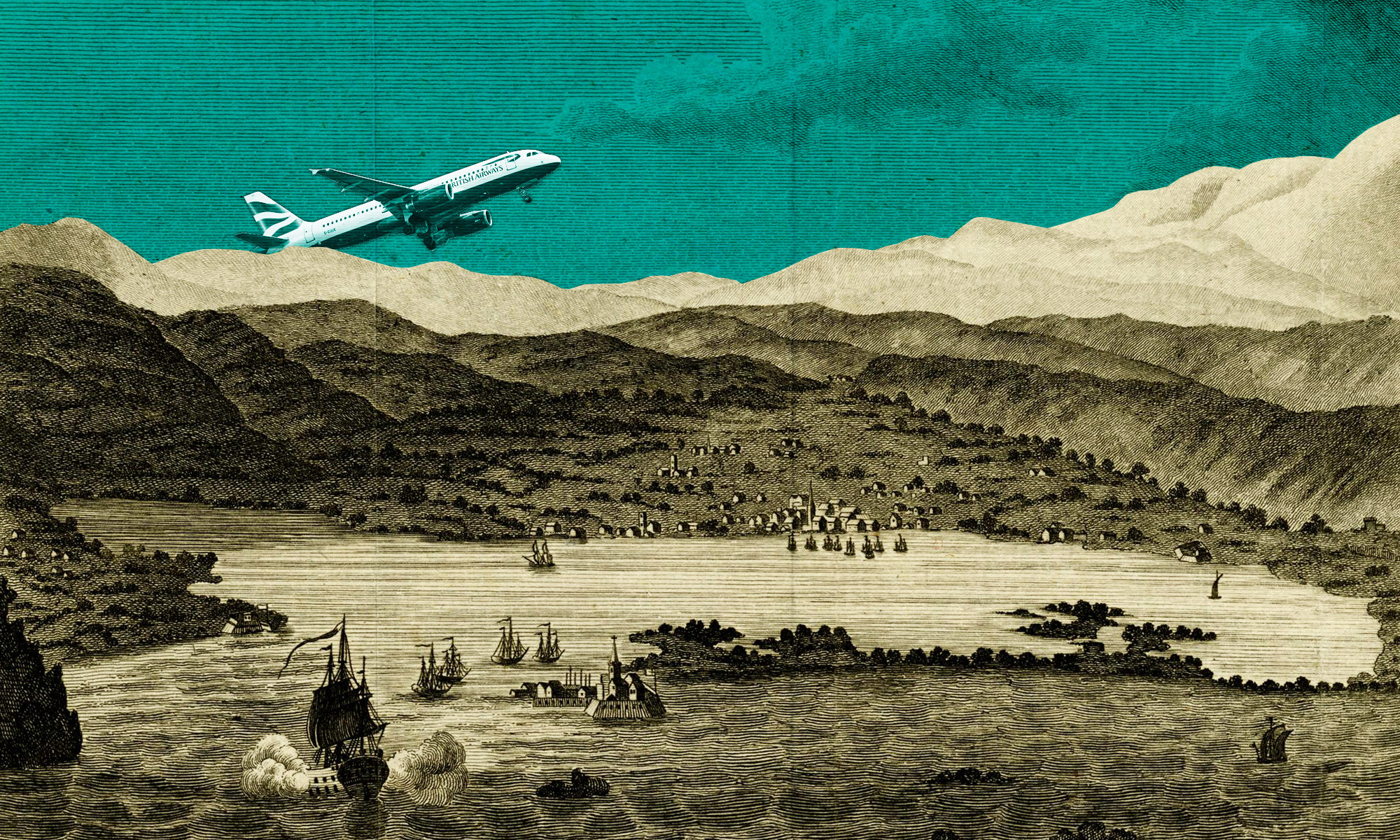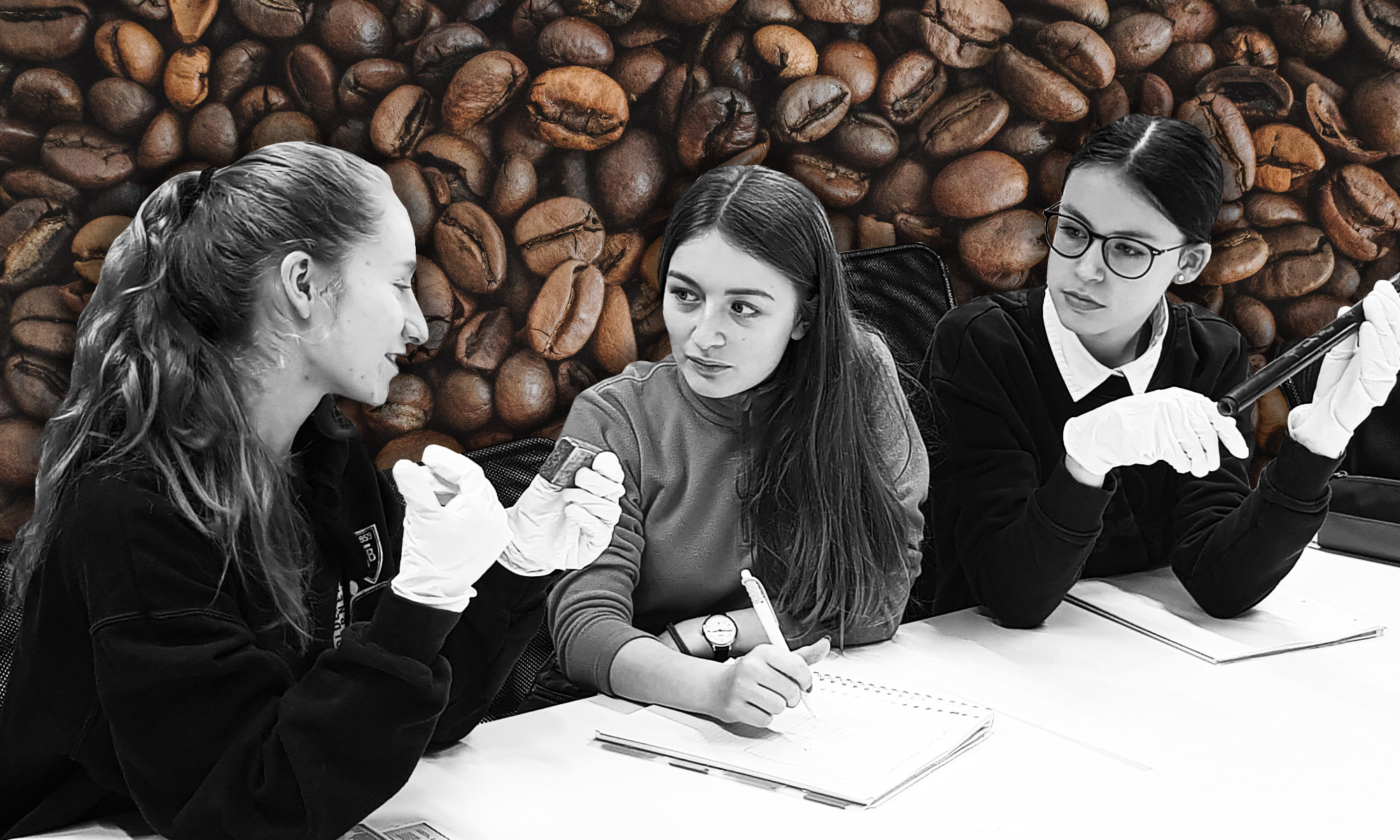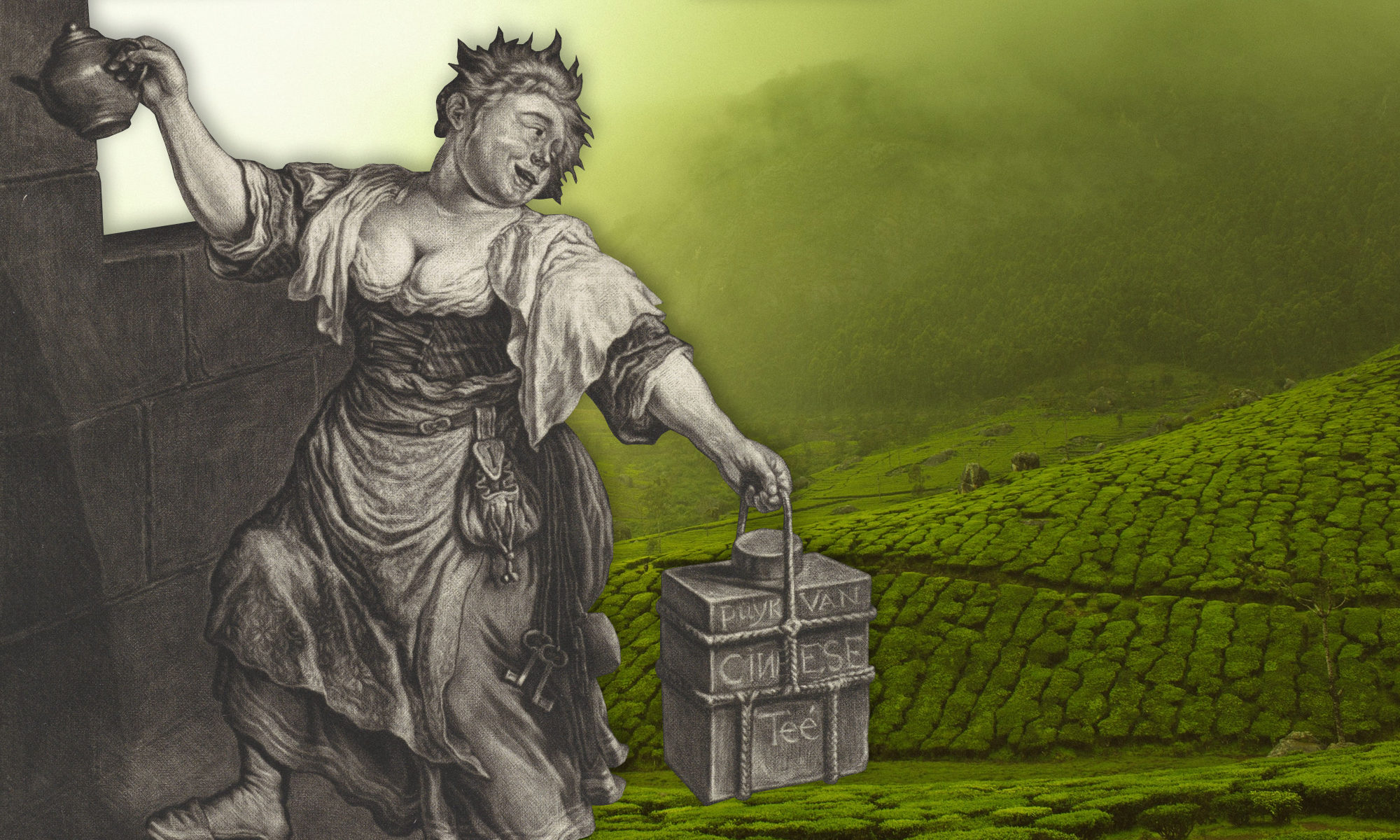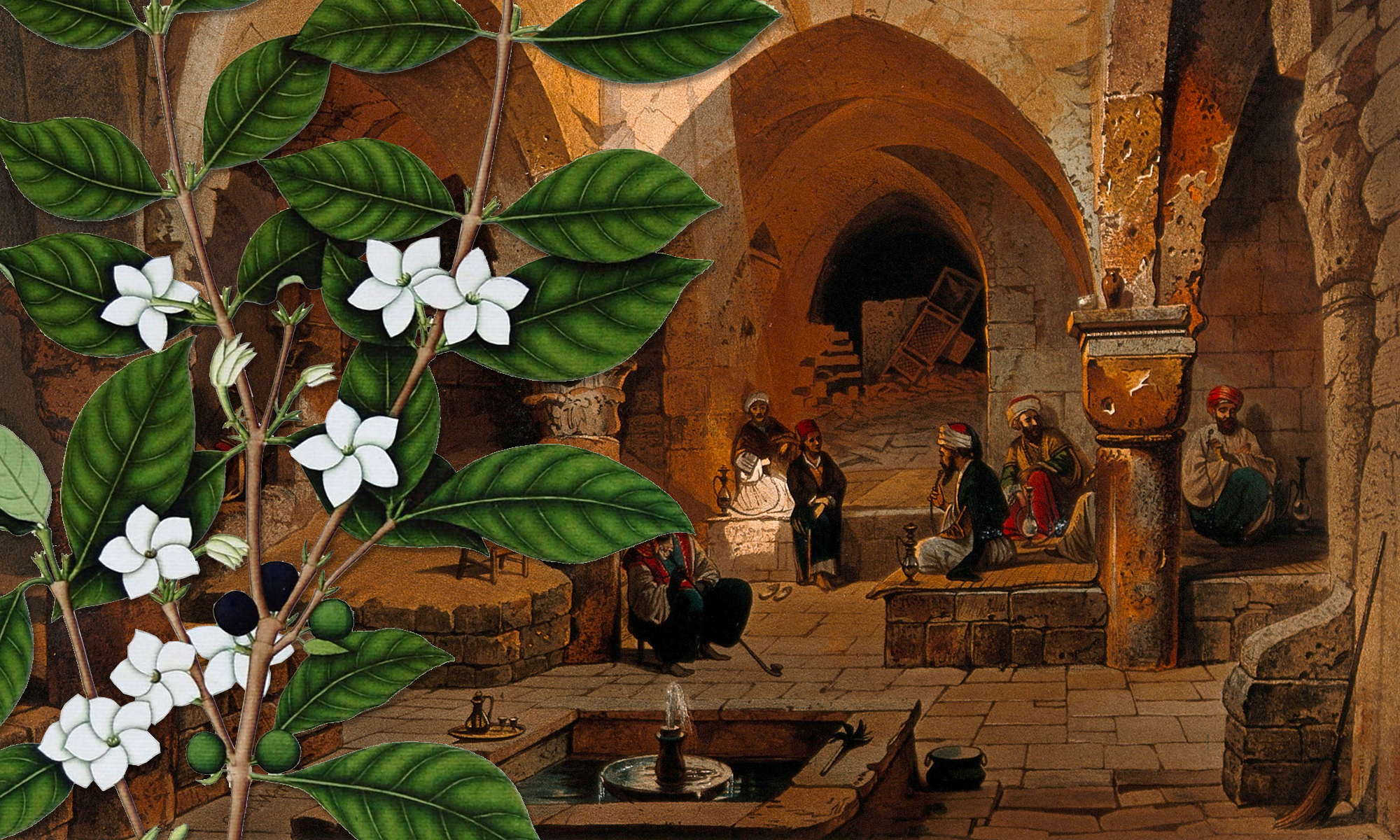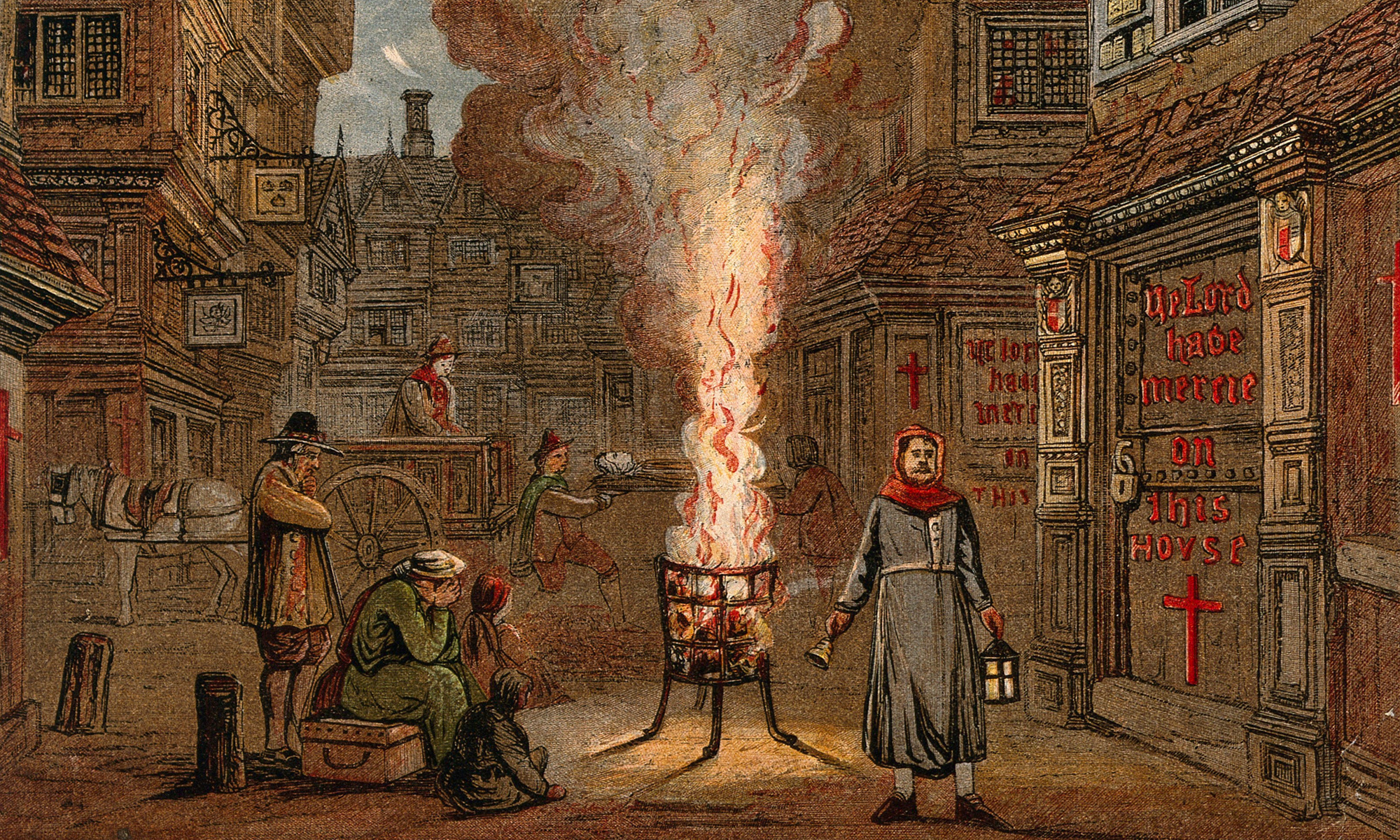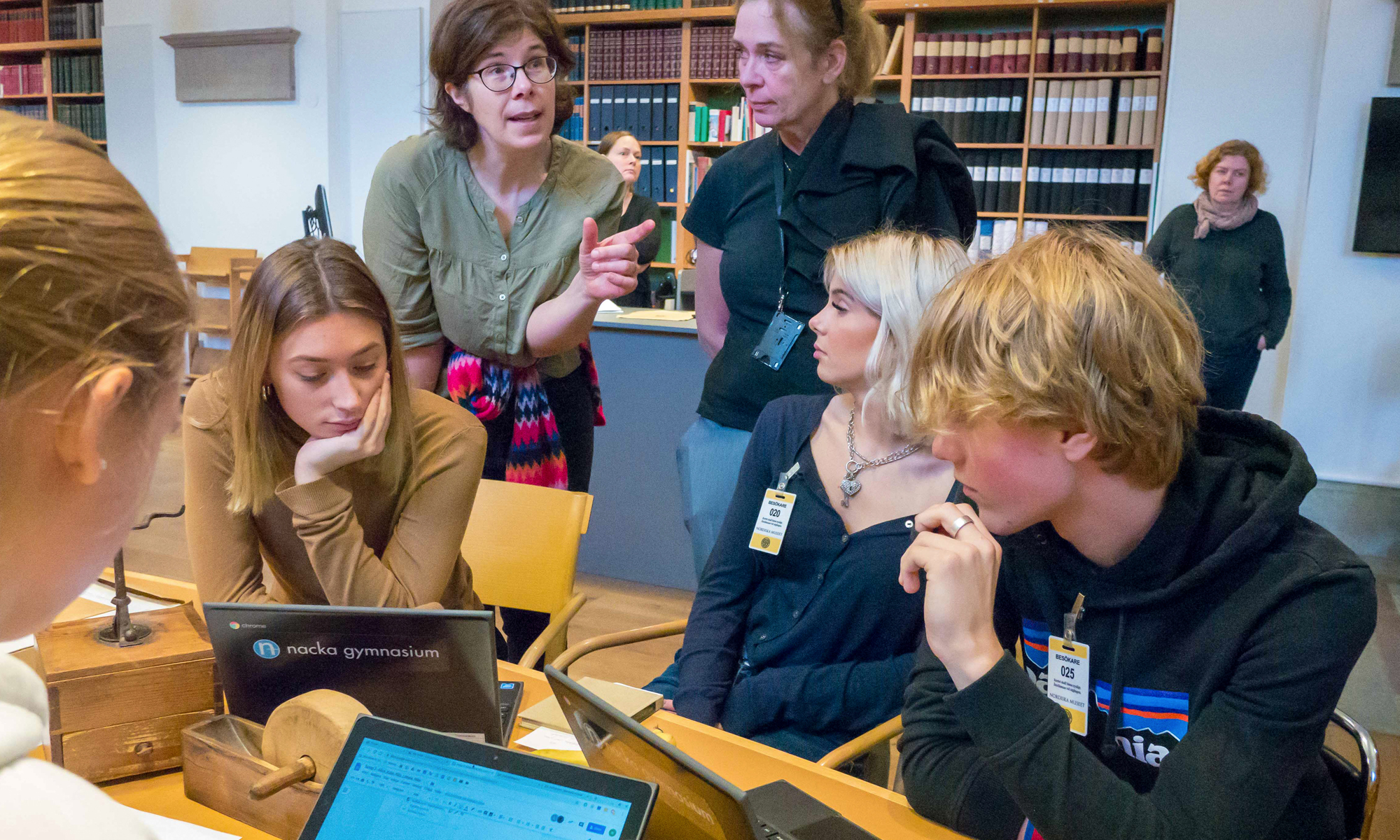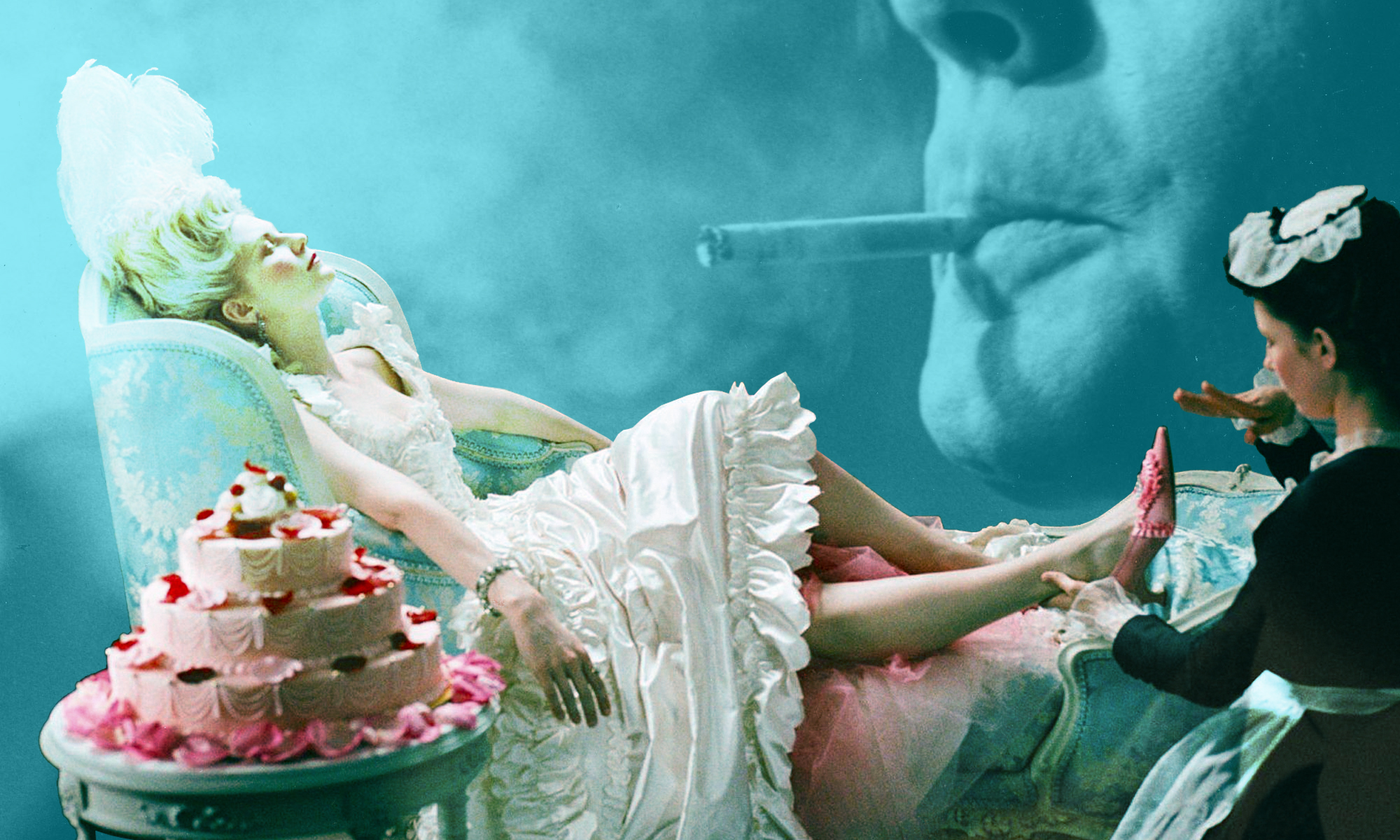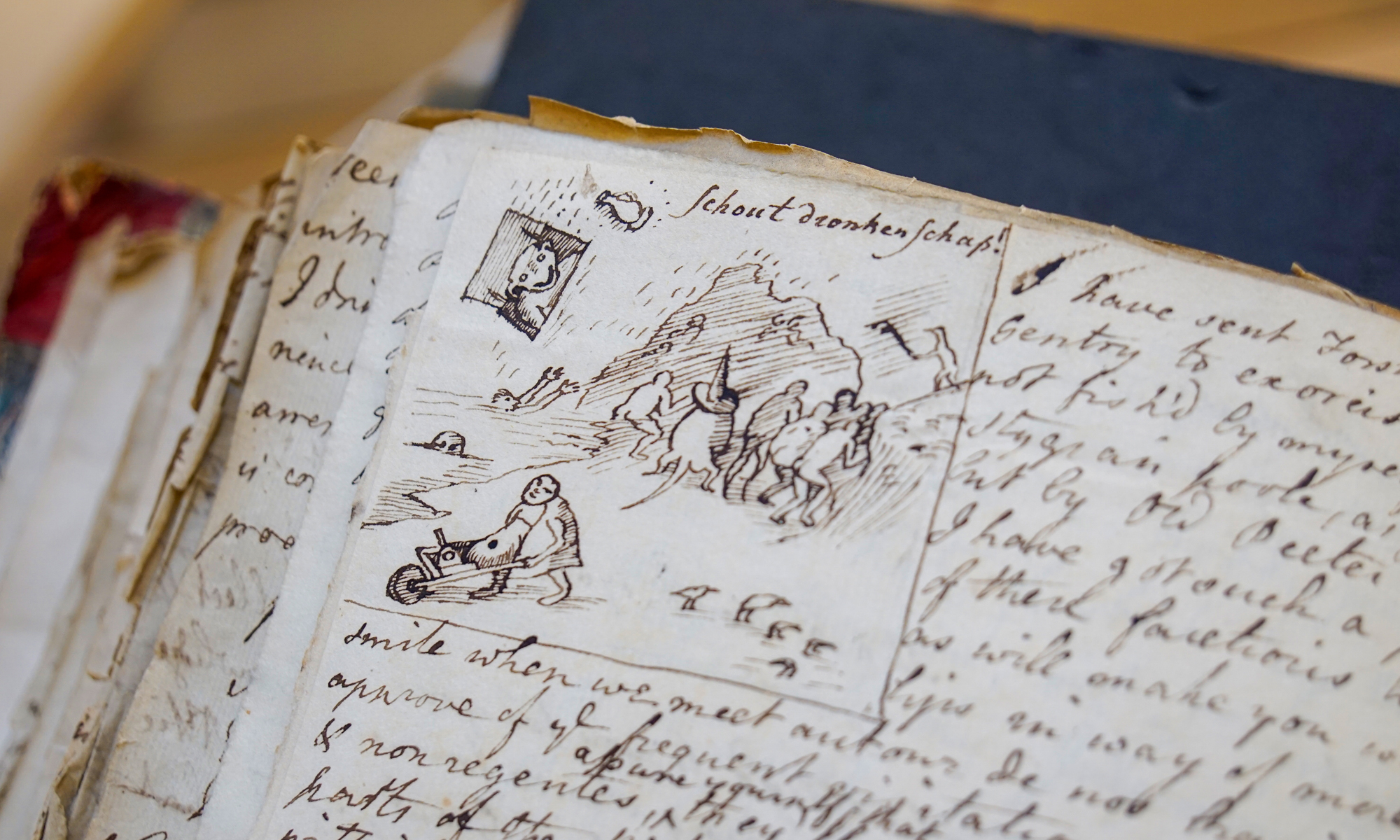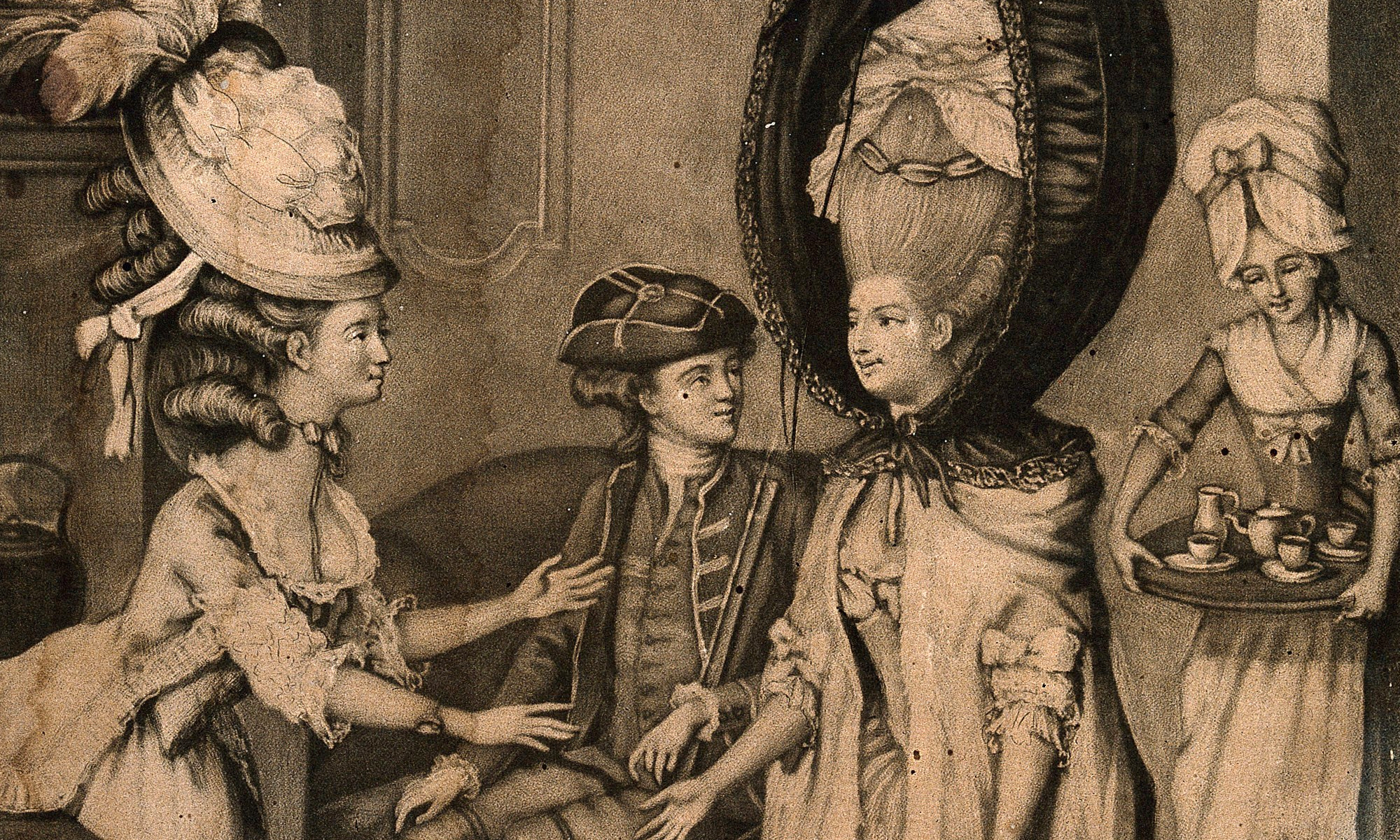The word ‘intoxicant’ has a central place in this project, as in wider scholarship. But what does the term really mean, and why do historians use it so regularly? Intoxicant is mainly used mainly to describe products which intoxicate – that ‘fuddle or make drunk’, or that artificially alter one’s physiological or neurological state. As Phil Withington and others have argued, whereas alternative words like ‘drugs’ possess strong ideological connotations pertaining to modern society and are more limited in what they evoke (mainly classified substances), intoxicant is a broadly encompassing neutral term, making it useful for describing and investigating a host of present-day consumables in different historical contexts. Usually, as in the Intoxicating Spaces project, scholars who talk about intoxicants refer to a familiar range of narcotics such as alcohols, coffee, opium, tea, and tobacco. Most of these commodities became popular from the early seventeenth century onwards as a consequence of increasing global trade and colonialism.
Getting to the Root of It: Saloop in Early Modern London
After a long night of ‘frolicking’, which included plenty of drinking, the friends George Price and Samuel Plumpton continued their evening with a hot dish purchased from a stall. In many ways these actions seem familiar, almost like grabbing a coffee at the end of a night out. Yet the thick, creamy concoction they stopped for, saloop, is probably unfamiliar. Originally made from powdered orchid roots, the dish was imported from the Ottoman Empire, arrived in the late seventeenth century, and flourished on London’s streets at the turn of the eighteenth century. However, by the late nineteenth century, the drink had faded into obscurity, forgotten from history books, and often discussed as no more than a passing fad. Yet despite its brief lifecycle, saloop provides unique insights into the relationship between the consumption of new exotic goods and the space and routines of the early modern metropolis.
Continue reading “Getting to the Root of It: Saloop in Early Modern London”
Narcotic Letters: New Intoxicants in the Correspondence of Isabelle de Charrière
Private correspondence, in which there has been a recent surge of historiographical interest, is one of the richest sources we have for recovering and reconstructing the day-to-day consumption of new intoxicants by historical actors. The letters of the eighteenth-century novelist and essay writer Isabelle de Charrière, better known in the Netherlands by her maiden name Belle van Zuylen, are a very nice example.
Continue reading “Narcotic Letters: New Intoxicants in the Correspondence of Isabelle de Charrière”
Slavery, Capitalism, and the Industrial Revolution: Sweet Industriousness and the Role of the Sugar Economy
In this lecture, co-organised with the Sheffield Centre for Early Modern Studies and delivered in person at the University of Sheffield on 7 October, Professor Maxine Berg (University of Warwick) previews material from her new book – co-authored with long-standing collaborator Professor Pat Hudson – on Slavery, Capitalism, and the Industrial Revolution. The book provides a new scholarly synthesis of ideas and research on the impact of slavery and British colonialism in the Americas on the economy of the metropole during the long eighteenth century. In the lecture, Professor Berg focusses on the chapter addressing the transatlantic sugar economy. She charts huge increases in sugar production and imports into Europe (especially in/from the East and West Indies), the industrial complex by which it was boiled and refined on plantations and in domestic factories, and its distribution via a network of grocers and confectioners.
The Nineteenth-Century Coffee Commodity Chain: Representation and Reality
In the first part of my PhD thesis, I explored how Douwe Egberts, one of the largest Dutch producers of coffee and tea, used images of factories and cultivation landscapes in their advertising campaigns between 1900 and 1950. By applying the semiotic insights of Roland Barthes, and theories of visual archetypes formulated by art historian Ernst Gombrich, I examined each marketing image on four levels. Firstly, I determine what their objective characteristics were, such as colours and techniques. Secondly, I analysed what subjects were foregrounded in these images. This differed depending on the type of environment depicted; for example, factories were often shown with many smoking chimneys, included numerous means of transport and carriers, and had captions such as ‘steam roasting factory’. Images of coffee and tea cultivation landscapes, meanwhile, often included palm trees, sweeping hills, and identifiably non-European figures and buildings. In the last category, the entire commodity chain – almost every step between the cultivation and consumption of coffee – was depicted.
Continue reading “The Nineteenth-Century Coffee Commodity Chain: Representation and Reality”
Intoxicants and Early Modern European Globalization: The Making of a Special Issue
This month and next, The Historical Journal will be publishing a special issue dedicated to examining the relationship between ‘Intoxicants and Early Modern European Globalization’. Co-edited by me and Kathryn James, the open access volume consists of an introduction and eleven case studies unpacking the spaces, practices, and material culture that characterised the production and consumption of intoxicants in Europe, the Atlantic, and South Asia between the sixteenth and eighteenth centuries.
Object Lessons: Co-Creating an Exhibition with School Pupils and the German Maritime Museum
One ear-achingly chilly day in February 2020, forty-odd pupils from secondary schools in Oldenburg and Neu Wulmsdorf, three teachers and I descended on the German Maritime Museum (DSM) in Bremerhaven. Our mission? To explore the museum’s extensive collection of intoxicant-related historical treasures and to brainstorm ideas for an exhibition – researched and curated by students with assistance from staff at the DSM – on the history of tobacco, coffee, tea, chocolate, and sugar in port cities of the early modern period.
Tea: The Most Normal Thing in the World?
Alfa Academy Continue reading “Tea: The Most Normal Thing in the World?”
CFP: Intoxicating Spaces: Global and Comparative Perspectives
An international conference organised and funded by the HERA research project Intoxicating Spaces: The Impact of New Intoxicants on Urban Spaces in Europe, 1600–1850, a collaboration between the University of Sheffield, the University of Oldenburg, the University of Stockholm, and Utrecht University.
Continue reading “CFP: Intoxicating Spaces: Global and Comparative Perspectives”
Plague Time: Intoxicating Spaces and Pestilence in Seventeenth-Century London
One of the most challenging aspects of the lockdown and social distancing measures necessitated by COVID–19 are the restrictions placed on the intoxicating spaces of everyday life. The inability to visit coffee shops, pubs, restaurants, and tea bars is for me and many others one of the most difficult psychological features of the current situation, and the forlorn sight of my favourite Sheffield haunts – many of which have played a small role in the project – standing abandoned like so many urban Mary Celestes is distressing (the UK hospitality sector, like many others, is facing an ‘existential crisis’ as a result of the pandemic). In the context of coronavirus and the new world it’s shaping it seems strange, then, that the growth of coffeehouses in London in the 1660s coincided with the devastating outbreak of bubonic plague that swept the city in 1665. The last and most severe of seven such epidemics that visited the metropolis over the early modern period, and with a fatality rate of around 80%, it ravaged all but four of London’s 130 parishes, killing an estimated 100,000 people in total (roughly a quarter of its population). Like us, early modern Londoners for the most part ate, drank, socialised, and worked outside of their homes; what did the plague and the measures taken to control it mean for their daily experience of the urban environment in general and its intoxicating spaces in particular?
Continue reading “Plague Time: Intoxicating Spaces and Pestilence in Seventeenth-Century London”
8 Intoxicating Objects from Nordiska Museet
A key part of the Intoxicating Spaces project is our work with schools in the UK, Germany, the Netherlands, and Sweden. Back in October, a group of 30 pupils from our Stockholm partner school Nacka Gymnasium joined our Swedish research team at Nordiska Museet, Sweden’s largest museum of cultural history, for a day among their intoxicant-related holdings. Here, the pupils share their favourite discoveries…
Continue reading “8 Intoxicating Objects from Nordiska Museet”
Addictive Cinema: 17 Intoxicating Films for the Holiday Season
One of the central and most rewarding aspects of the Intoxicating Spaces project is our work with sixth formers from schools in Utrecht, Oldenburg, Sheffield, and Stockholm. We’re all film-lovers, so Stephen suggested we assemble for our participating pupils a ‘must-watch’ list of family-friendly movies that deal with drugs and intoxicants in time and space at various points in history. We’re pretty pleased with the resulting roster, so, with the holiday season looming and sofas and widescreens poised for action, we thought we’d share it on the blog as well! Let us know if we’ve missed anything…
Continue reading “Addictive Cinema: 17 Intoxicating Films for the Holiday Season”
Margin of Terror: Intoxicating Images and Eerie Etchings at the Bodleian Libraries
One of the key sources we’re using to reconstruct the intoxicating spaces of our four case study cities are the so-called ego documents that proliferated across our period: diaries, letters, memoirs, and travel accounts. Some of the UK’s best manuscript holdings of these sources can be found at the Bodleian Libraries in Oxford, so last week saw me on a train to the crisp and autumnal dreaming spires to work through a selection. Ensconced in the wonderful Weston Library, I started with London diaries – including that of a country parson from Oxfordshire who seems to have spent most of his time in the capital purchasing different varieties of tea from Twinings – and, having finished those, turned my attention to their excellent collection of seventeenth-, eighteenth-, and nineteenth-century correspondence. This consists of c.50,000 letters, all abstract-searchable within Early Modern Letters Online, an incredibly useful resource created by the Cultures of Knowledge project.
Tea, Tax, and Smuggling: What Made Britain a Tea Drinking Nation?
1784 and the European tea market was in upheaval. The most lucrative part of the continental East India trade had suddenly been undermined by a radical tax reform in Britain, the so-called Commutation Act of 1784. For decades, East India companies based in France, Scandinavia, and the Low Countries brought a vast amount of tea to Europe. The tea was sold to smugglers who supplied the black market in Britain, where tea was taxed heavily, often well over 100 percent. According to some estimates in the mid-eighteenth century, more than three-quarters of all tea consumed in Britain entered the country as contraband!
Continue reading “Tea, Tax, and Smuggling: What Made Britain a Tea Drinking Nation?”
